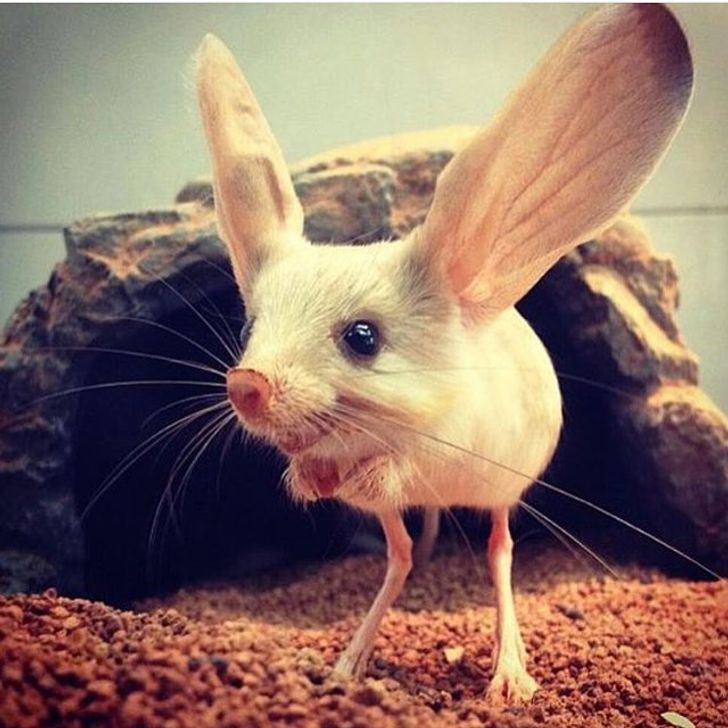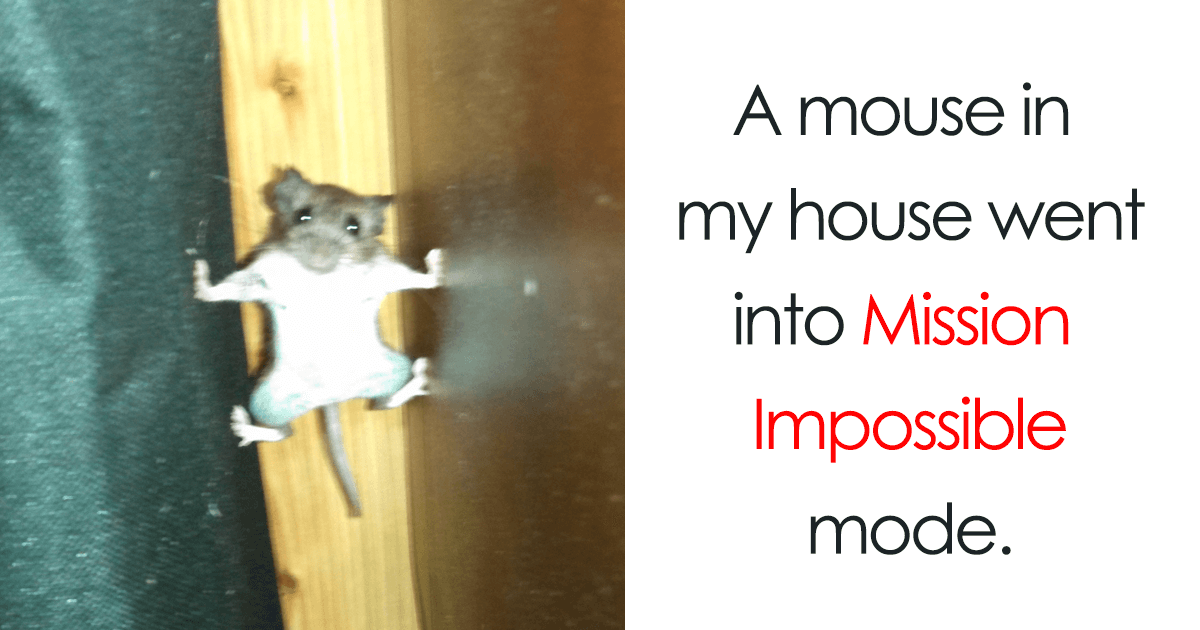#11. Tiger Wing butterfly
https://www.instagram.com/p/BhIClAHBgAX/?utm_source=ig_embed&utm_campaign=embed_video_watch_again
#12. Budgett’s frog
https://www.instagram.com/p/BmOeoeslXJI/?utm_source=ig_embed
#13. Dugong Marsa Alam

#14. Calliostoma annulatum snail
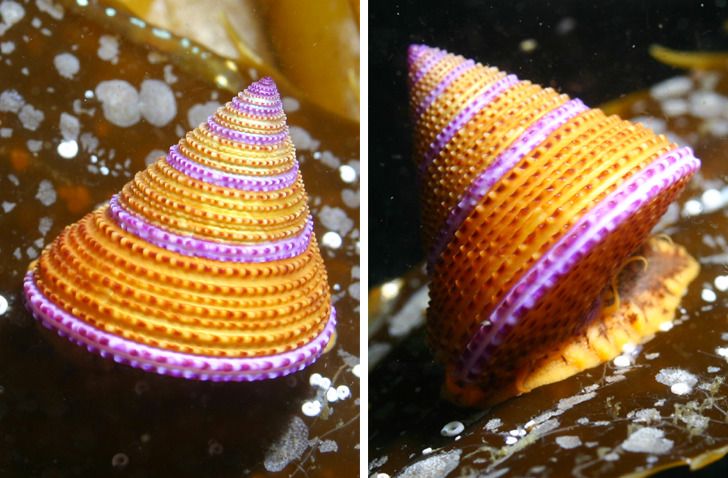
#15. Mata mata
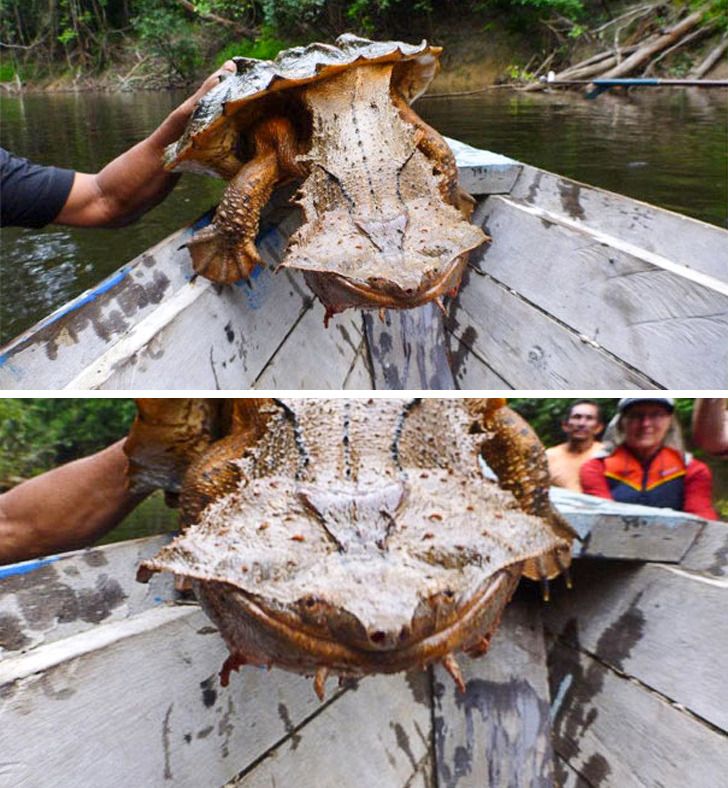
#16. Mexican honeypot ant
https://www.instagram.com/p/BmnNyk2DHWe/?utm_source=ig_embed
#17. Markia hystrix lichen
https://www.instagram.com/p/Bh7iz1nASXw/?utm_source=ig_embed
#18. Royal Flycatcher
https://www.instagram.com/p/BaQE_7-nfuM/?utm_source=ig_embed
#19. Agama mwanzae — Spider-Man lizard
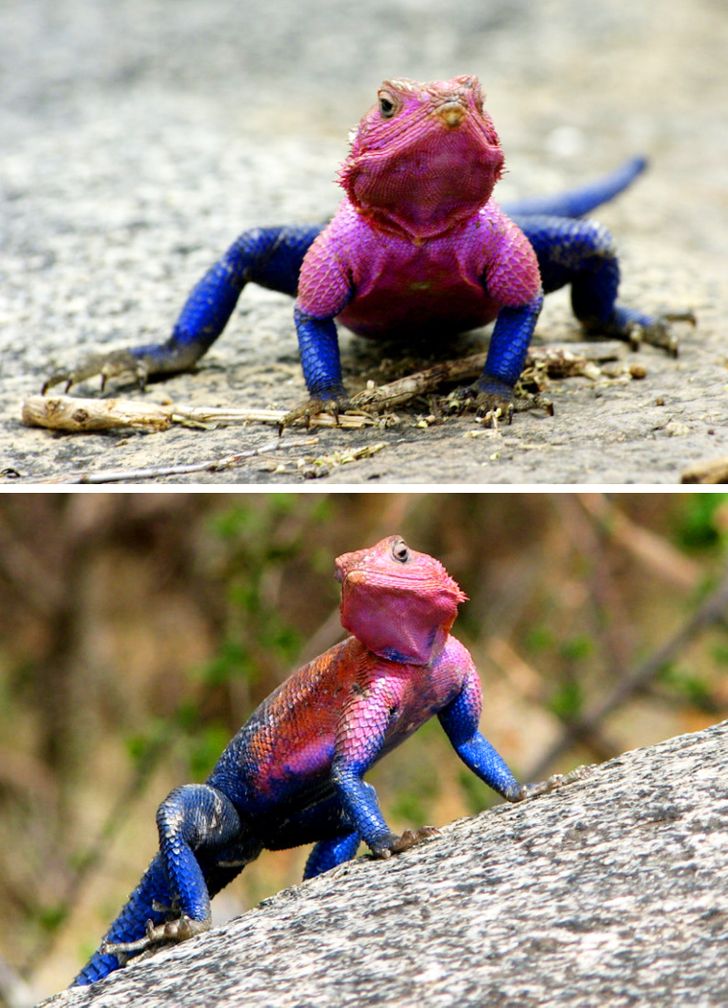
#20. Long-eared jerboa
